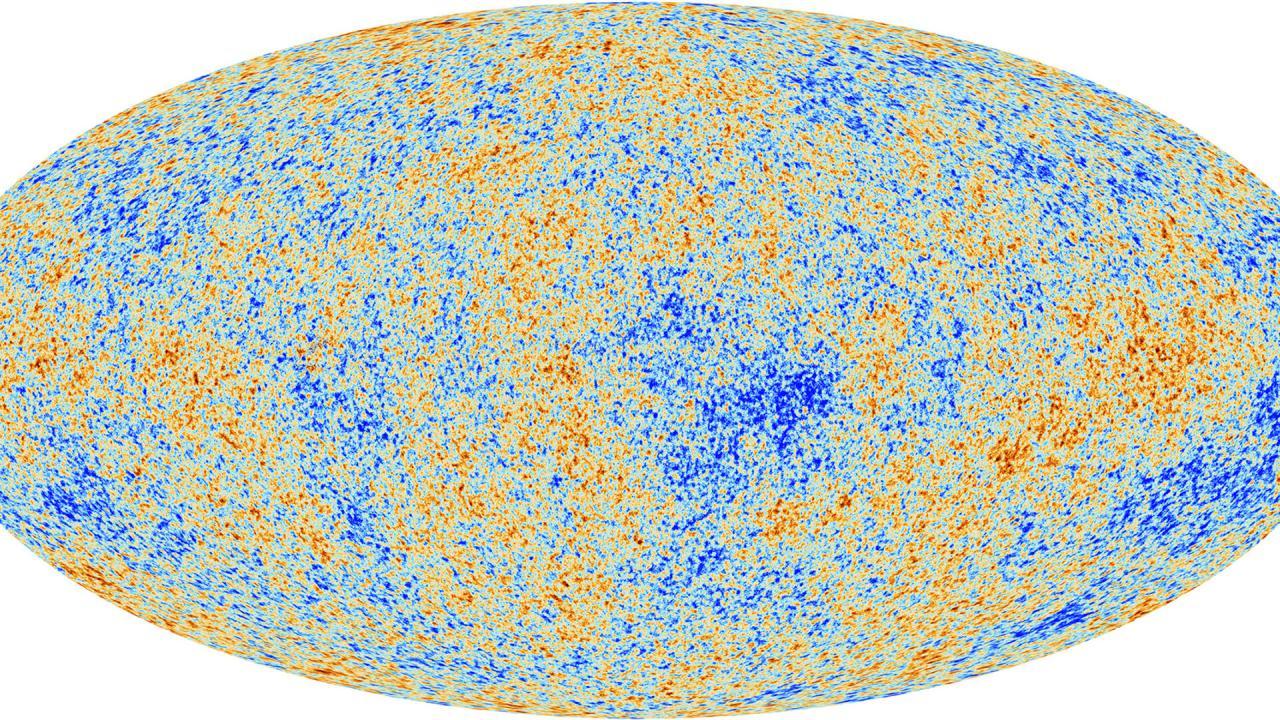
Ghostly ‘Mirror World’ Might Be Behind Cosmic Controversy
An unseen “mirror world” of particles that interact with our world only via gravity might be the key to solving a major puzzle in cosmology today — the Hubble constant problem.
The Hubble constant is the rate of expansion of the universe. Unfortunately, the value of the Hubble constant predicted by theory and the value measured by observations are different, by quite a lot.
Many cosmologists have been trying to solve this discrepancy by changing the assumptions of the cosmological model. The challenge is to do so without ruining the agreement there is between standard model predictions and many other cosmological measurements, such as those of the cosmic microwave background.
Professor Lloyd Knox and graduate student Fei Ge at the UC Davis Department of Physics and Astronomy, with Francis-Yan Cyr-Racine at the University of New Mexico, have found a new way to confront this challenge.
For their model to work they need a mirror world – a parallel universe that exists alongside ours, with new particles that are all copies of known particles. Some physicists think that the mirror universe might account for the phenomenon of dark matter in our universe. If so, that would paint a much richer picture of the dark sector, Knox said.
“It might be more than just collisionless dark matter and dark energy, but many components to the dark sector.” — Lloyd Knox, professor of physics and astronomy
Read the rest of this article at UC Davis News.
